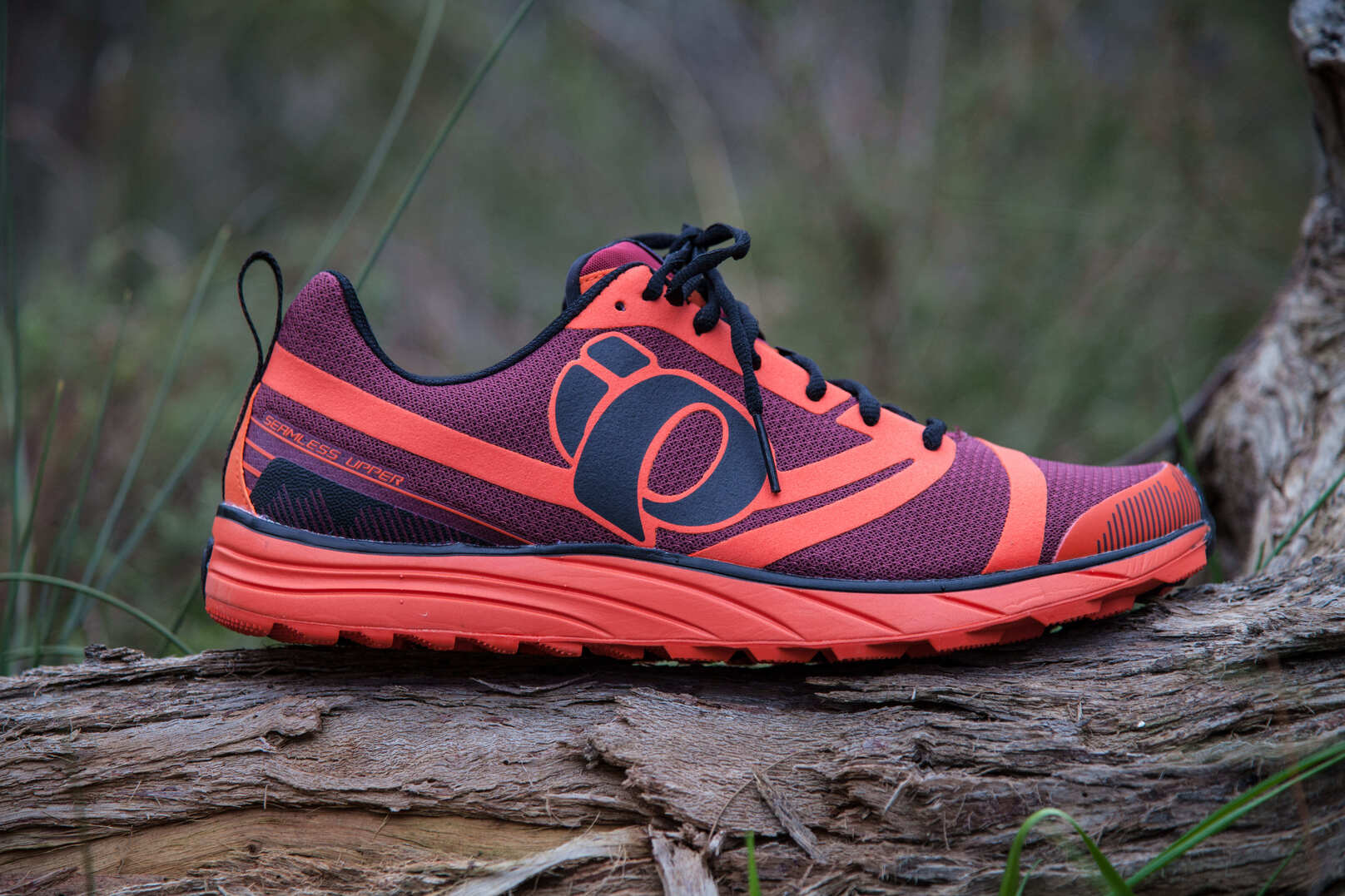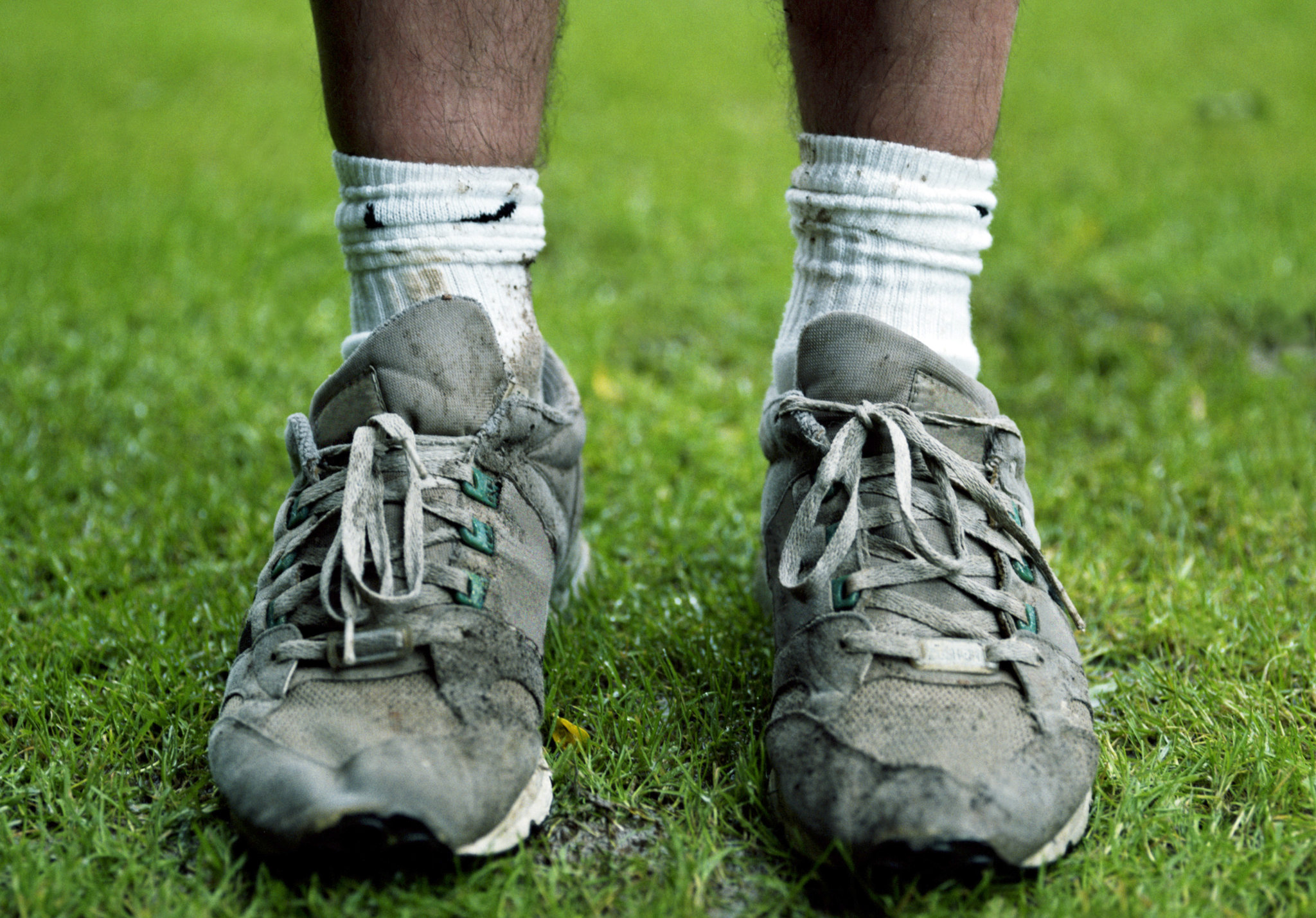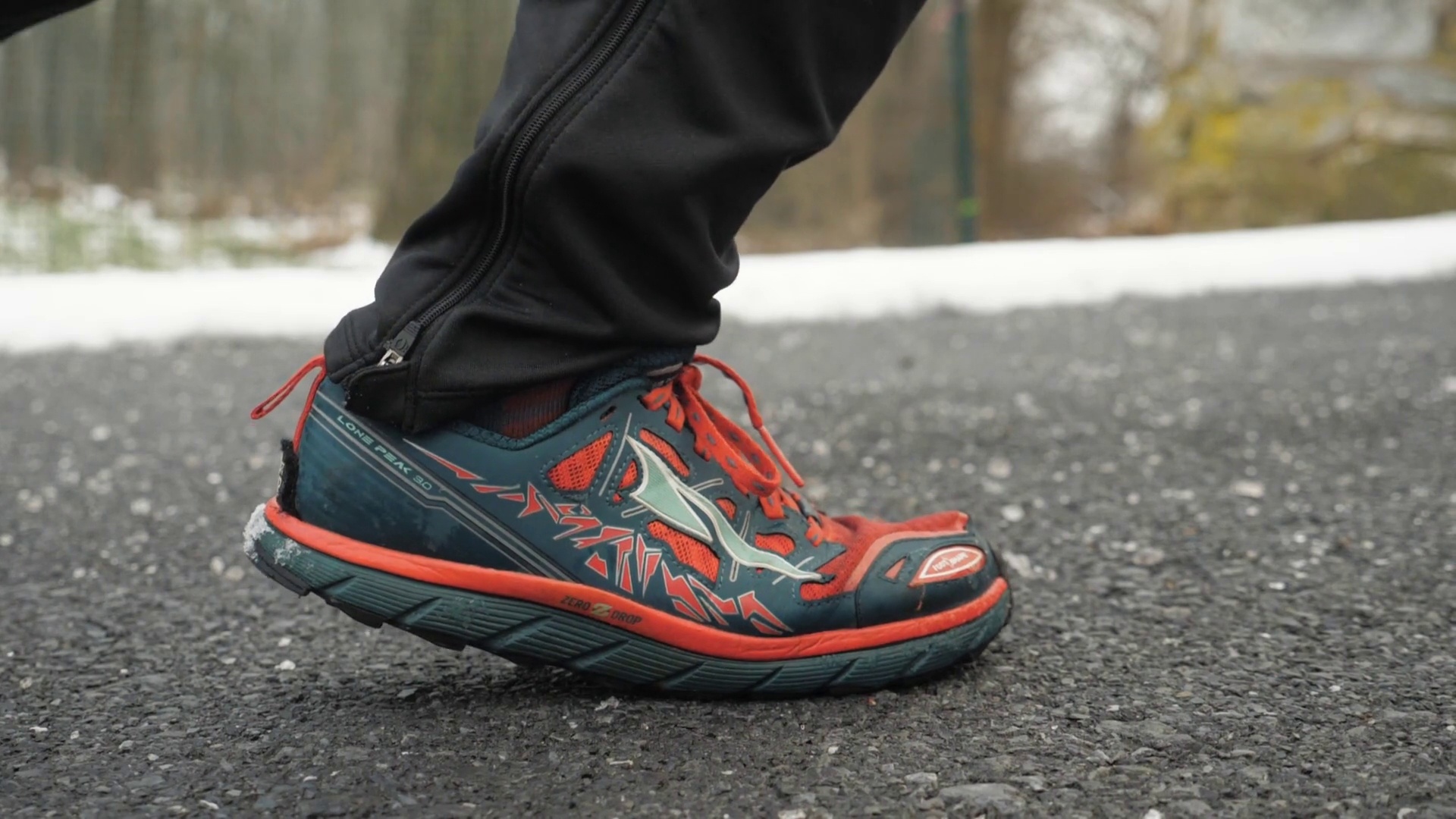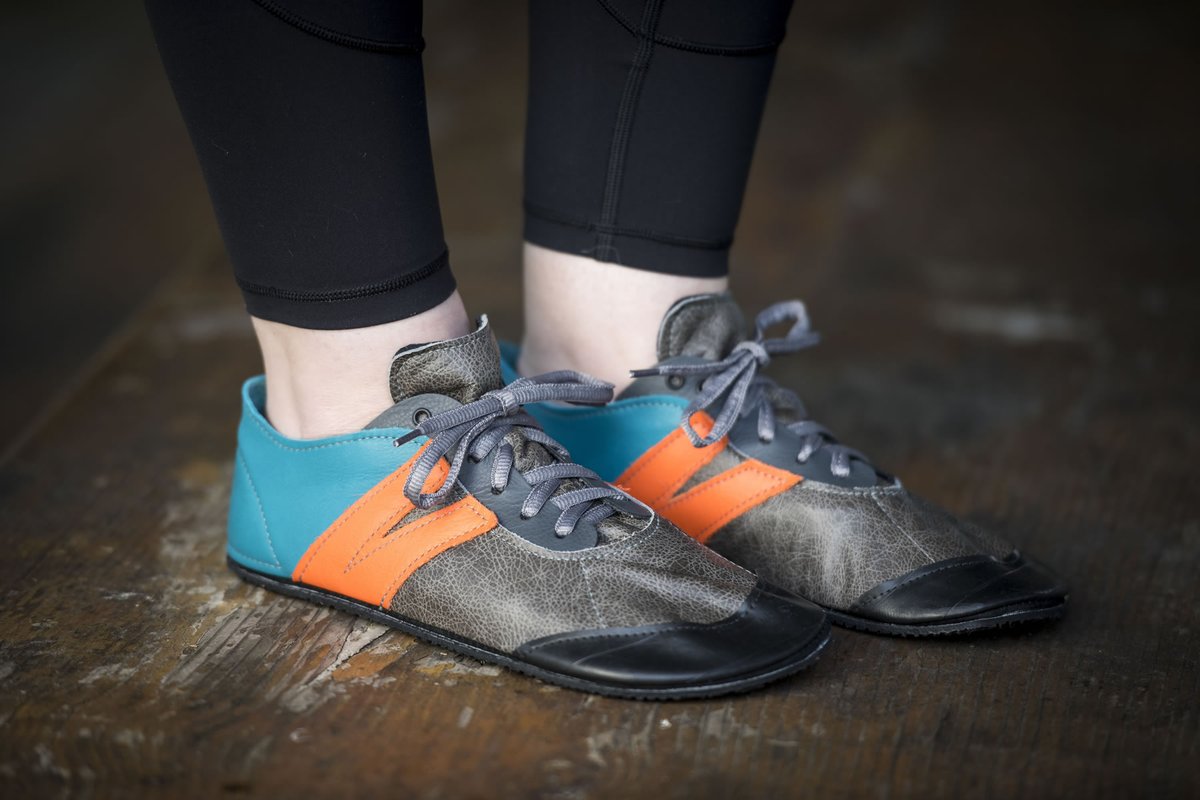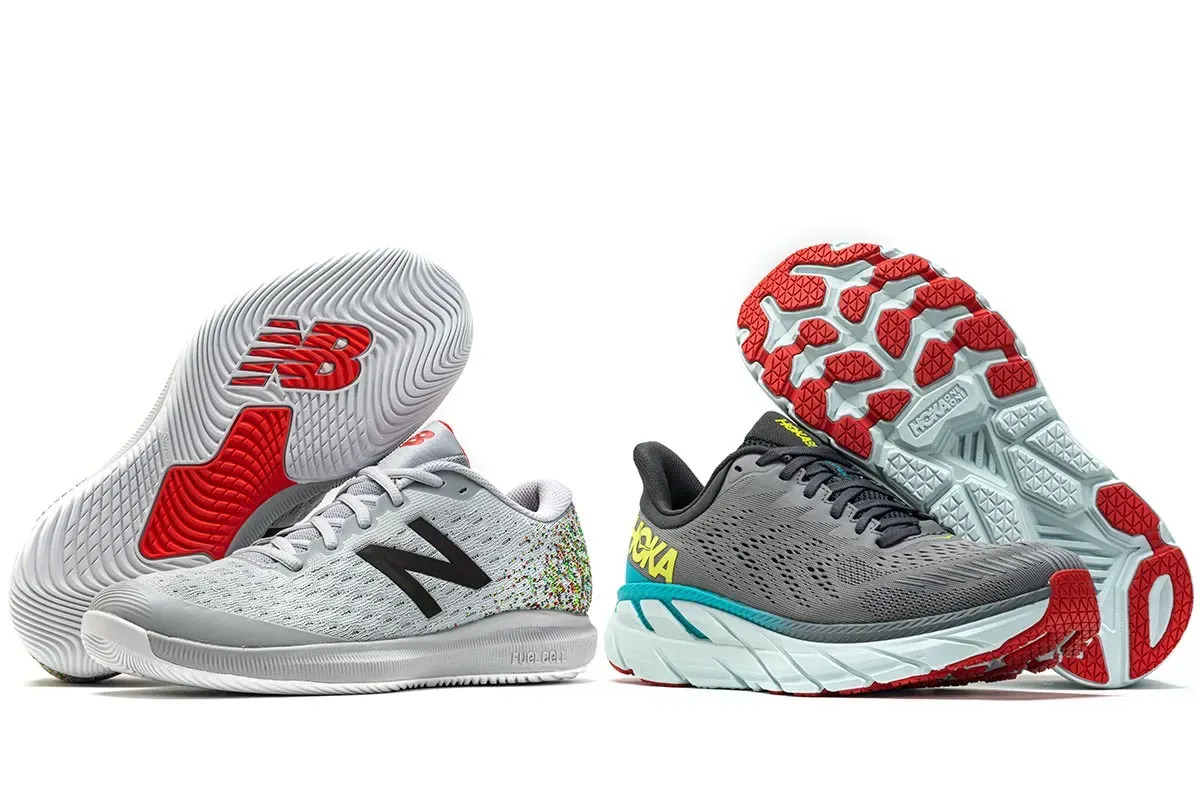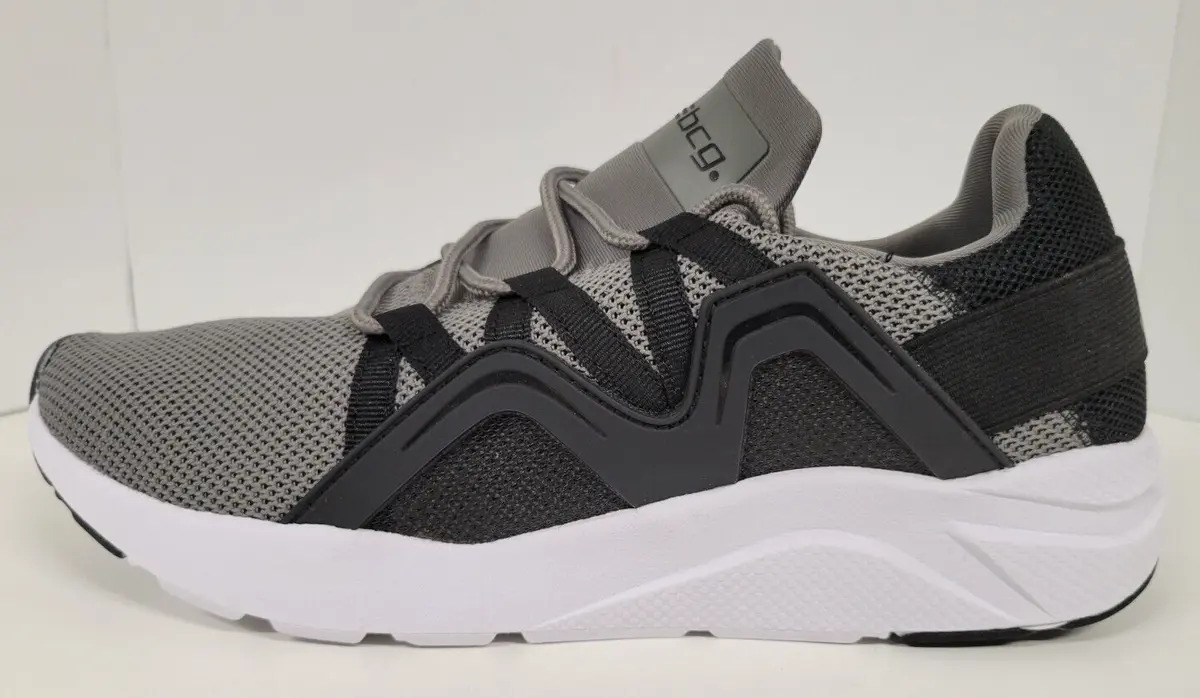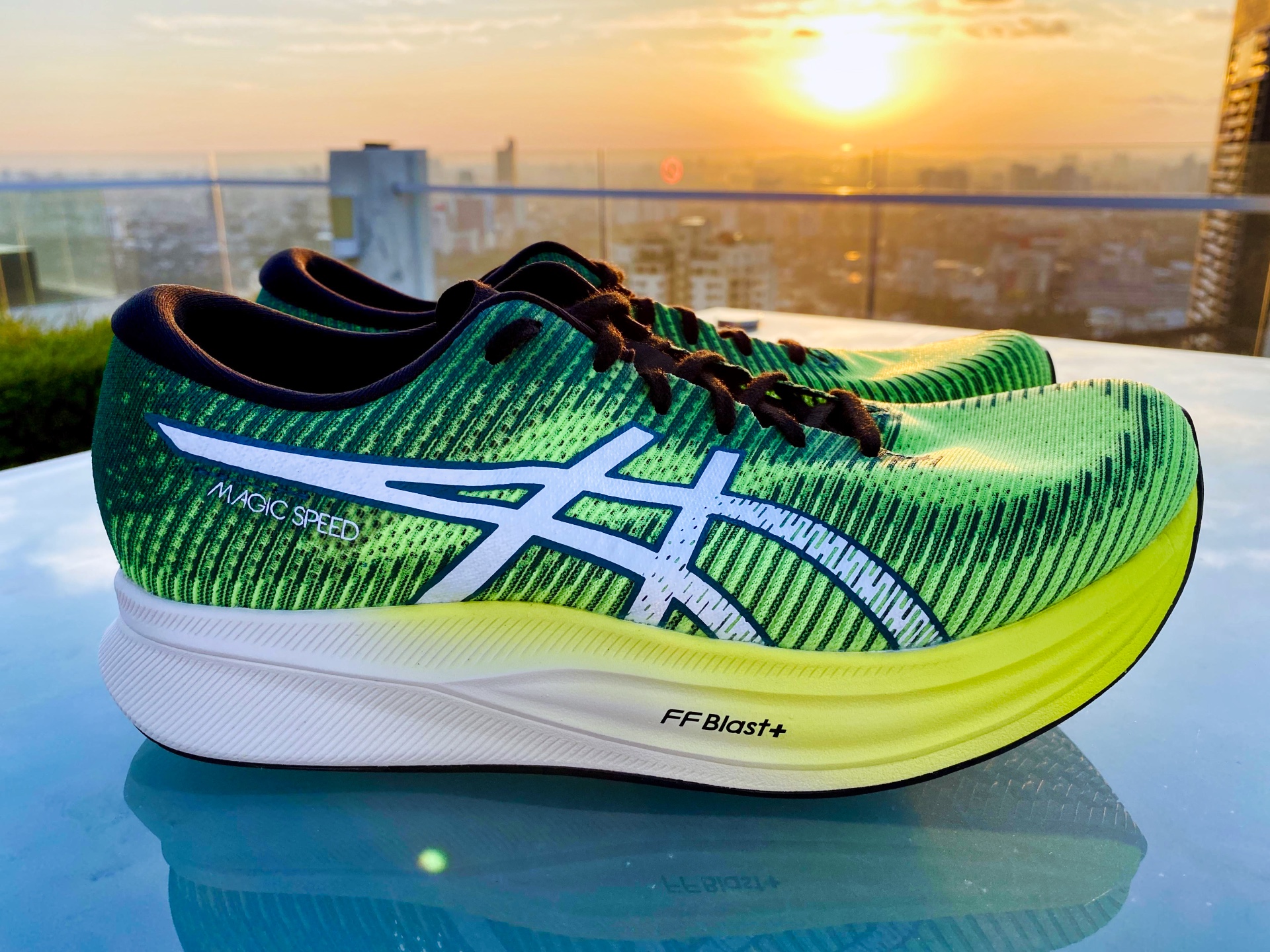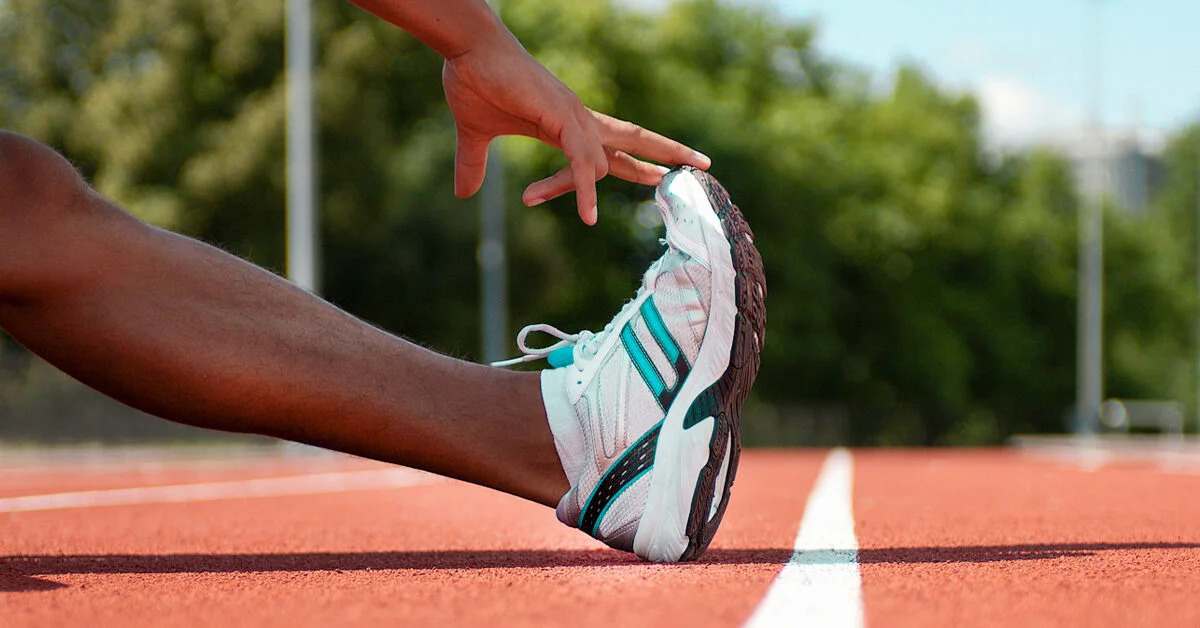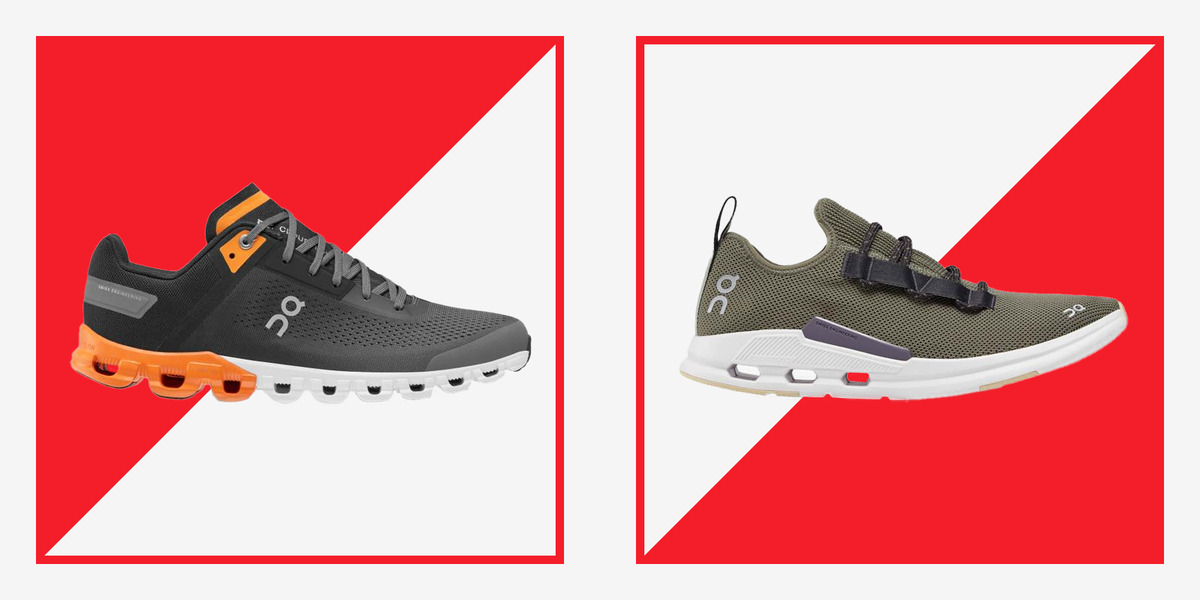

Brands
How Are Running Shoes Different
Modified: May 22, 2024
Discover how brands make running shoes different and find the perfect pair for your next run. Explore the key features and technologies that set them apart.
Introduction
Welcome to the world of running shoes! Whether you’re a seasoned marathoner or just starting your fitness journey, finding the right pair of running shoes is essential. But with so many options on the market, how do you choose the perfect pair? In this article, we will explore the key factors that make running shoes different from other types of athletic footwear.
Running shoes are specifically designed to provide support, cushioning, and protection to your feet during the repetitive motion and impact of running. Unlike casual or fashion sneakers, running shoes are engineered to enhance your performance, prevent injuries, and offer long-lasting comfort.
A great pair of running shoes can make all the difference in your running experience. They can help correct your running form, optimize your stride, and minimize the risk of injuries. That’s why understanding the unique features of running shoes is crucial in making an informed decision when purchasing a new pair.
In the following sections, we will explore the key characteristics that set running shoes apart and help you choose the right pair for your needs. From cushioning to stability, arch support to pronation control, we will delve into each aspect to give you a comprehensive understanding of what makes running shoes different.
Cushioning
One of the most important features of running shoes is the cushioning they provide. Running involves a significant amount of impact on your feet and joints, and cushioning helps absorb and dissipate that shock, reducing the risk of injury.
Running shoe manufacturers utilize various materials and technologies to achieve optimal cushioning. The most common material used is foam, which comes in different densities and thicknesses. Foam cushioning helps to distribute the force of impact evenly, protecting the feet and providing a comfortable running experience.
The level of cushioning in a running shoe can vary depending on the intended use and the runner’s preferences. Some runners prefer a softer, plush cushioning that provides a more luxurious feel underfoot. Others prefer a firmer cushioning that offers more responsiveness and energy return. It is essential to choose the right level of cushioning based on your running style, body weight, and personal preferences.
Additionally, some running shoe brands incorporate specific cushioning technologies to enhance performance and comfort. For example, Nike’s Zoom Air technology uses tightly stretched tensile fibers within pressurized air units to provide responsive and lightweight cushioning. On the other hand, Adidas’ Boost technology uses thousands of foam pellets to offer superior energy return and exceptional cushioning.
When selecting running shoes, consider the type and amount of cushioning that suits your needs. If you are a long-distance runner or have a history of foot or joint pain, shoes with ample cushioning can help reduce the impact forces and provide extra comfort throughout your run. On the other hand, if you prefer a minimalist running style or shorter distances, you may opt for shoes with lower cushioning to promote a more natural foot strike.
Stability
Stability is another crucial factor that distinguishes running shoes from other types of athletic footwear. Stability refers to the shoe’s ability to provide support and control excessive foot movement, especially for overpronators or individuals with flat feet.
Overpronation occurs when the foot rolls inward excessively while running, which can lead to various injuries, including shin splints and plantar fasciitis. To address this issue, running shoe manufacturers design shoes with stability features.
One common stability feature is a firmer and structured midsole, which helps prevent excessive inward rolling of the foot. These shoes usually have a medial post, a dense piece of foam or other materials along the inner side of the midsole, to provide additional support and reduce overpronation.
Running shoes with stability features may also incorporate a supportive upper design, such as overlays or straps, to provide a secure fit and prevent the foot from sliding too much inside the shoe while running.
It’s important to note that stability shoes are not only beneficial for overpronators but can also be suitable for runners with normal arches who appreciate additional support and structure.
On the other hand, runners with high arches may benefit from neutral running shoes, which have a more flexible midsole and less stability features. These shoes allow for a more natural foot movement and better shock absorption.
When choosing running shoes, consider your foot type, gait pattern, and any previous injuries or issues. If you experience excessive foot movement or overpronation, stability shoes can provide the necessary support and help maintain proper alignment, reducing the risk of injuries and promoting a more efficient running stride.
Arch Support
Arch support is a critical factor to consider when selecting running shoes. The arch of the foot acts as a natural shock absorber, distributing the impact forces during running. However, individuals have different arch heights, and the level of support needed may vary.
There are three main types of foot arches: low arches (flat feet), normal arches, and high arches. Each type requires different levels of support and stability.
For runners with low arches or flat feet, shoes with good arch support are essential. Flat feet tend to overpronate, which can lead to various foot and leg injuries. Arch support in running shoes helps to elevate the arch and provide stability, reducing the inward rolling motion and preventing excessive stress on the foot and lower limbs.
On the other hand, runners with high arches may benefit from shoes with cushioning and flexibility. High arches are rigid and provide less shock absorption, so shoes with ample cushioning help to absorb impact and provide comfort. Additionally, flexibility in the midsole allows for a more natural foot movement.
For those with normal arches, the choice of arch support depends on personal preference and comfort. Some runners may prefer shoes with a moderate level of support, while others may opt for neutral shoes that allow for a more natural foot movement.
When trying on running shoes, pay attention to how the shoe’s arch support aligns with your foot’s arch. The arch should feel supported and comfortable, without any excessive pressure. Experiment with different levels of arch support to find the right balance between stability and comfort for your running needs.
It’s worth noting that some running shoe brands offer different models or versions to cater specifically to different arch types. These shoes may have varying levels of arch support and are worth exploring if you have specific arch support requirements.
Pronation Control
Pronation is a natural movement that occurs as the foot rolls inward during the gait cycle. However, excessive pronation can lead to imbalances and potential injuries. Running shoes with pronation control features aim to correct and control this motion to promote proper biomechanics and reduce the risk of injuries.
There are three main types of pronation: neutral pronation, overpronation, and supination (underpronation). Neutral pronation is the ideal foot movement, where the foot strikes the ground evenly and rolls inward slightly to distribute the impact forces.
Overpronation is when the foot rolls excessively inward during the gait cycle. This can cause the foot and ankle to become misaligned, leading to various issues such as plantar fasciitis, shin splints, and knee pain. Runners with overpronation typically benefit from shoes with stability features, such as a medial post, to provide additional support and control the inward rolling motion.
Supination, on the other hand, is when the foot rolls outward during the gait cycle. This results in uneven weight distribution and places additional stress on the outer edge of the foot. Runners with supination often require shoes with cushioning and flexibility to absorb impact and promote a more natural foot movement.
Running shoe manufacturers offer different levels of pronation control to address these issues. Shoes with pronation control features often have a supportive midsole and structured upper to provide stability and help correct the foot’s alignment.
It’s important to note that not all runners require pronation control features in their shoes. Neutral pronators may opt for neutral shoes that provide a balance of cushioning and flexibility without excessive support or structure.
When selecting running shoes, consider your pronation type and any previous injuries or issues related to pronation. It may be beneficial to visit a specialized running store or consult with a professional to accurately determine your pronation type and find the appropriate shoes that offer the right level of pronation control for your running needs.
Weight
The weight of running shoes is a crucial factor that can significantly impact your running performance and overall comfort. Lighter shoes tend to be more responsive, allowing for faster movements and improved agility, while heavier shoes may provide added cushioning and stability.
When it comes to weight, it’s important to find a balance that meets your specific running needs. For competitive runners or those aiming for speed, lighter shoes are generally preferred as they can enhance running efficiency and reduce fatigue over long distances.
Lightweight running shoes often feature minimalistic designs with thinner midsoles and fewer added features. These shoes prioritize weight reduction and flexibility while still providing adequate cushioning and support for shorter distances or faster-paced runs.
On the other hand, some runners may prefer slightly heavier shoes that offer more cushioning and protection, particularly for longer runs or those with a history of foot or joint issues. These shoes typically have thicker midsoles and added stability features to enhance shock absorption and prevent injuries.
It’s essential to consider your running goals, preferences, and the type of terrain you’ll be running on when choosing the appropriate weight for your running shoes. Remember that choosing the right shoe weight is subjective and varies from person to person.
It’s worth noting that recent advances in shoe technology have allowed manufacturers to create lightweight shoes that still offer excellent cushioning and support. These shoes utilize innovative materials and construction techniques to reduce weight without compromising on performance.
Ultimately, the weight of your running shoes should complement your running style and provide the necessary level of comfort and performance enhancement. Experiment with different shoe weights and test them during your training runs to find the right balance for your individual needs.
Breathability
Breathability is an essential feature of running shoes that determines how well they allow air to circulate and moisture to escape from the inside of the shoe. It plays a vital role in maintaining a comfortable and healthy environment for your feet during your runs.
When you run, your feet naturally sweat, and without proper ventilation, the moisture can build up, leading to discomfort, blisters, and even fungal infections. Breathable running shoes are designed to address this issue by allowing air to flow through the shoe, promoting efficient moisture wicking and heat dissipation.
Breathability in running shoes is typically achieved through the use of lightweight and porous materials in the upper part of the shoe. Mesh is a common material used due to its excellent breathability properties. Mesh allows air to enter the shoe and circulate around the foot, helping to maintain a cooler and drier environment.
Some running shoe brands also incorporate additional ventilation features, such as perforations or strategic cutouts in the upper, to enhance breathability further. These design elements help increase airflow and enhance the shoe’s overall ventilation.
Choosing breathable running shoes is especially important if you live in a hot and humid climate or if you tend to run long distances where your feet are more prone to sweating. Breathable shoes can help regulate the temperature of your feet, reduce moisture buildup, and minimize the risk of discomfort, blisters, and foot odor.
It’s important to note that while breathability is crucial, it’s equally important to find a balance with other features such as durability and stability. Shoes with too much mesh or perforations may compromise the shoe’s durability or stability, particularly for rough terrain or intense activities.
When selecting running shoes, consider the climate and conditions in which you’ll be running. Opt for shoes with breathable upper materials that strike a balance between ventilation and support. Additionally, wearing moisture-wicking socks can further enhance breathability and keep your feet dry throughout your run.
Durability
Durability is a crucial consideration when choosing running shoes, as they undergo significant wear and tear during regular use. Running shoes are designed to withstand the repetitive impact and friction that occurs while running, ensuring they can provide optimal performance for an extended period.
High-quality running shoes are constructed using durable materials that can withstand the rigors of running. The outsole, typically made of rubber or synthetic compounds, plays a key role in providing traction and protecting the shoe from abrasion. A durable outsole is essential, particularly if you run on rough surfaces or uneven terrain.
The upper part of the shoe also needs to be durable to withstand constant flexing, stretching, and the forces generated during running. Many running shoe brands use a combination of lightweight synthetic materials or mesh overlays to strike a balance between durability and breathability.
It’s important to note that the durability of running shoes can vary based on factors such as running style, distance covered, and terrain. Heavier runners or those with a more aggressive running gait may put more stress on their shoes, requiring a more durable construction.
To assess the durability of running shoes, consider the construction quality, material durability, and customer reviews. Look for reinforced areas, such as toe caps or heel counters, that prevent premature wear and enhance longevity.
Additionally, rotating your running shoes and not overusing them can help extend their lifespan. Alternating between multiple pairs of shoes allows them to dry and decompress between runs, reducing the wear and tear on a single pair.
While durability is important, it’s essential to find a balance with other factors such as weight and flexibility. Extremely durable shoes may sacrifice performance-enhancing features and feel bulky or rigid.
While no shoe can last forever, investing in well-constructed, durable running shoes ensures they will withstand the demands of your running routine and provide consistent support and protection mile after mile.
Traction
Traction is a critical aspect of running shoes that determines how well they grip the ground, providing stability and preventing slips or falls. The right traction can make a significant difference, especially when running on various surfaces, such as pavement, trails, or wet conditions.
Running shoe manufacturers employ various methods to enhance traction, primarily through the design of the outsole. The outsole typically features a pattern of lugs or grooves that provide grip and traction on different surfaces.
The depth and spacing of the lugs or grooves, as well as the type of rubber used, impact the shoe’s traction. Deep and aggressive lugs are ideal for trail running, providing excellent grip on uneven terrain, loose rocks, or muddy surfaces. On the other hand, shallower lugs are suitable for road running, offering traction without compromising the shoe’s flexibility.
Wet or slippery conditions require specialized traction features to ensure a secure grip. Some running shoe brands offer outsoles with specific rubber compounds or tread patterns that increase traction on wet surfaces. These shoes often have grooves that channel water away from the sole, reducing the risk of hydroplaning and enhancing grip.
It’s important to assess the type of surfaces you will be running on regularly and select running shoes with appropriate traction features. If you primarily run on roads or well-maintained paths, shoes with a less aggressive outsole may suffice. However, if you frequently run on trails or in challenging conditions, opting for shoes with superior traction can provide the necessary grip and confidence.
In addition to the outsole design, the upper construction of the shoe can also impact traction. A secure and snug fit prevents the foot from sliding inside the shoe, enhancing overall stability and improving traction.
Remember that traction is a key safety factor, particularly when running outdoors or in inclement weather. It’s essential to regularly check the condition of your running shoes and replace them if the outsole is worn down and no longer providing adequate traction.
By selecting running shoes with the right type and level of traction for your running environment, you can ensure a secure and confident stride, enabling you to focus on your performance without worrying about slipping or losing grip.
Conclusion
Choosing the right pair of running shoes can make a world of difference in your running experience. With the plethora of options available, understanding the unique features that make running shoes different is essential to finding the perfect fit for your needs.
Consider factors such as cushioning, stability, arch support, pronation control, weight, breathability, durability, and traction when selecting running shoes. Each of these features plays a vital role in providing the support, comfort, and performance enhancement necessary for a successful run.
Cushioning helps absorb the repetitive impact of running, reducing the risk of injury and providing a comfortable stride. Stability features, such as a firmer midsole and supportive upper, offer support and prevent excessive foot motion. Arch support caters to different arch types, providing the necessary stability and alignment for a smooth run.
Pronation control features address issues of overpronation or supination, promoting proper biomechanics and reducing the risk of injuries. Consider the weight of the shoe, as lighter options can enhance speed and agility, while heavier shoes may provide added cushioning and stability.
Breathability helps regulate temperature and keeps your feet dry and comfortable during your runs. Durability ensures that your shoes can withstand the demands of your training routine and maintain their performance over time. And traction features provide the necessary grip and stability for various surfaces and weather conditions.
Remember to consider personal preferences, running style, and any specific foot conditions or injuries when selecting running shoes. Visiting a specialized running store or consulting with a professional can provide valuable insights and guidance in finding the right pair.
With the right running shoes that meet your specific needs, you can enhance your running performance, prevent injuries, and enjoy a comfortable and enjoyable running experience. So lace up, hit the pavement, and let your perfect pair of running shoes carry you towards your fitness and running goals.
